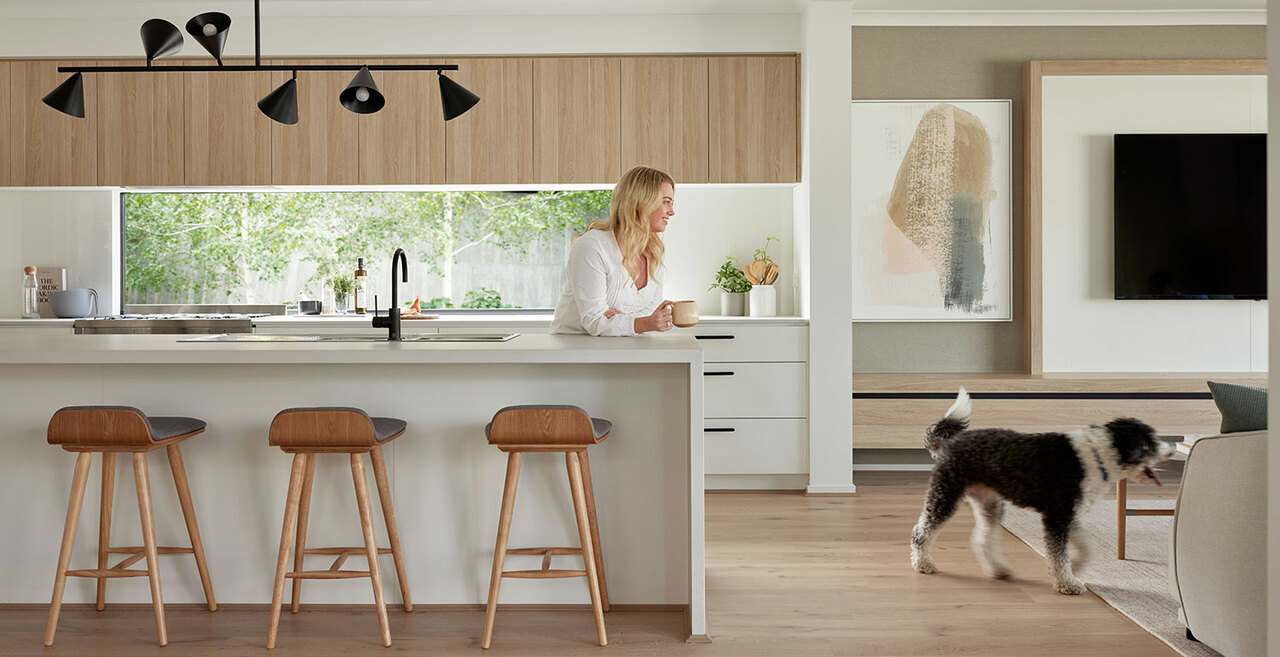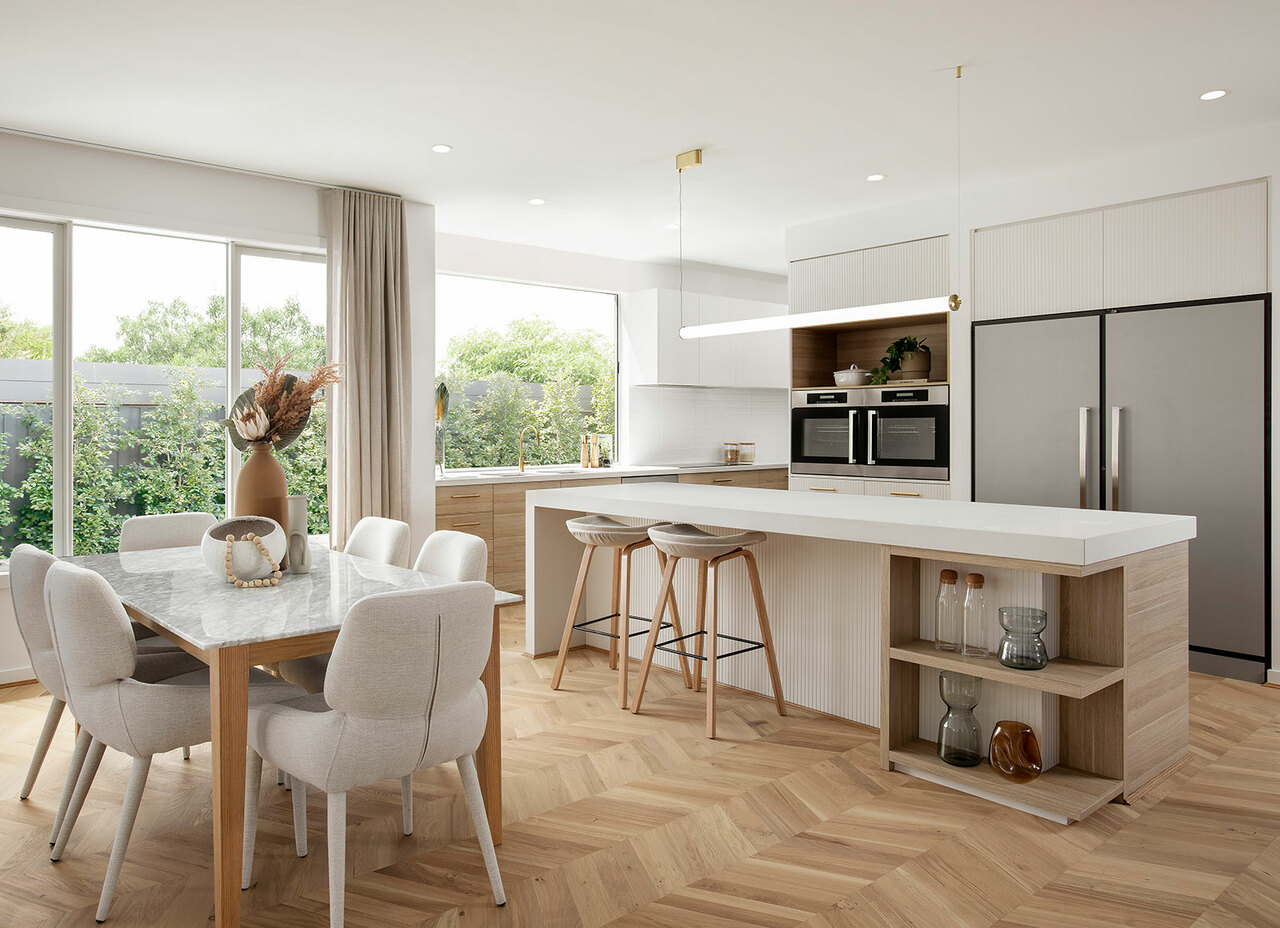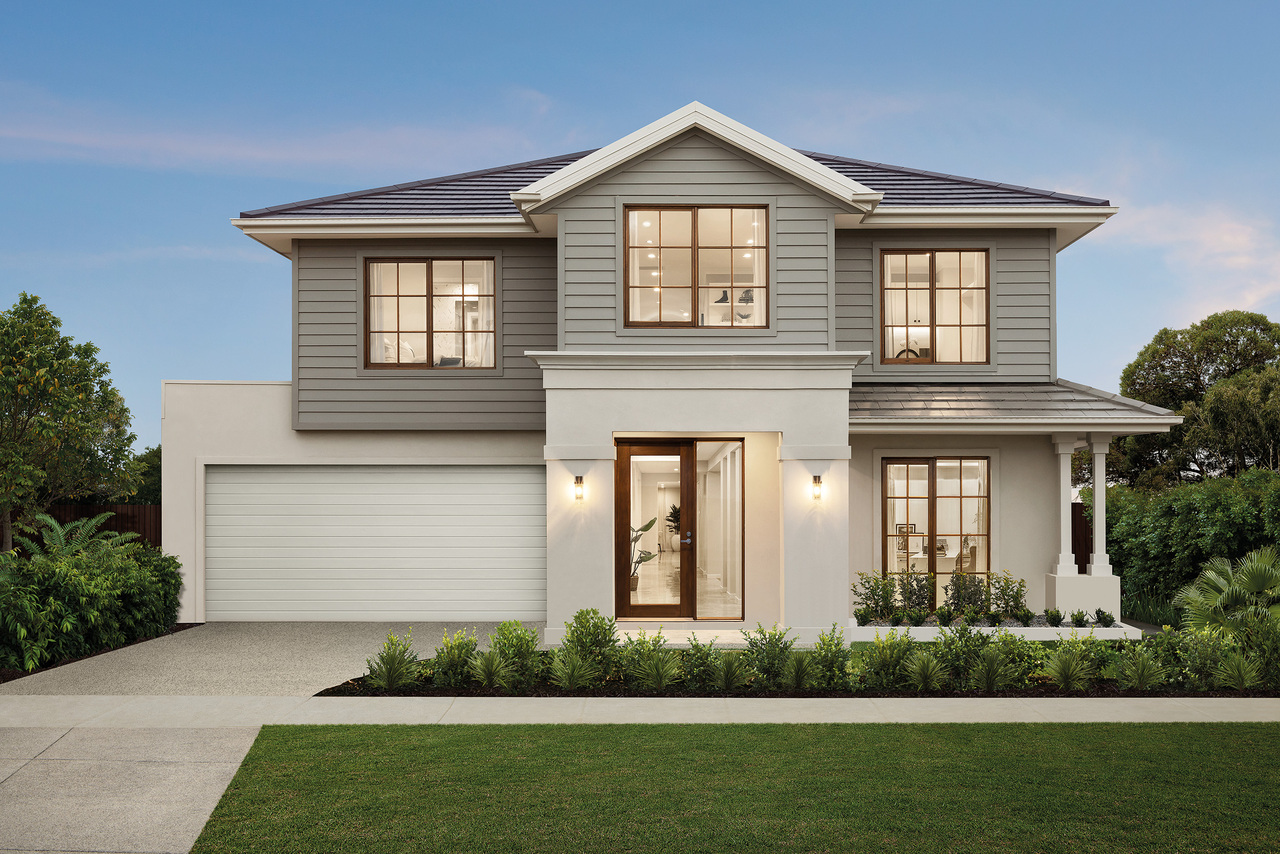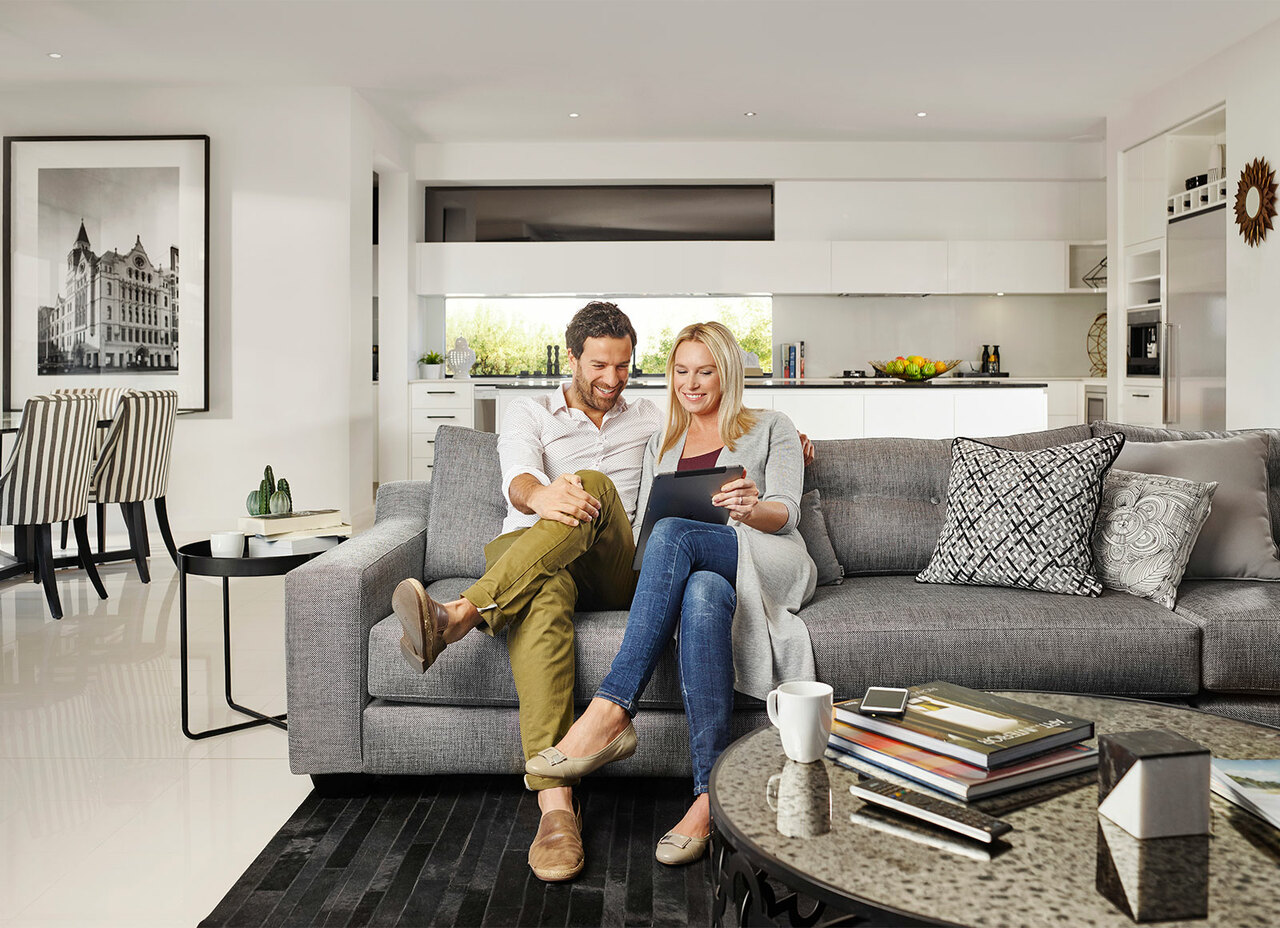Building When You Already Own A Property
by Mark Polatkesen, General Manager - Mortgage Domayne
Understanding bridging loans, bridging finance and a second property purchase

Planning a new build with an existing mortgage?
Building a new home is a great way to get your foot on the property ladder. However, not everyone starts with their dream home. One common approach is to buy an affordable unit first to amass some equity. As your family expands and you need more space, you can use that equity from your existing property to build the home of your dreams.
Here’s how you could finance your house and land package
But how do you get the finance for both a house and land at the same time? A house and land package is an exciting way to design the perfect home for your family’s needs.
At Carlisle, we pride ourselves on our competitive building timelines. However, it’s still important to understand that all good things take time. A brand-new house can take around five months from start to finish, which means you’ll need to be able to finance the new build while still paying your existing mortgage for the current property.

Get the equity to expand and build your dream home by starting from affordable units and working your way up the property ladder.
Differences between finance options
While a second mortgage or refinance are possible ways to finance your house and land package, you’re probably better off with a bridging loan. Here’s why.
Second mortgage
A second mortgage is an additional loan taken out against your existing property.
For example, you originally bought a unit for $400,000 with a mortgage of $300,000. Some years later, that unit is now worth $500,000 and the mortgage owing is $200,000. Your equity is $200,000. You then apply for a second mortgage of $200,000 with another lender.
There are several barriers to this plan. The first is that lenders are usually reluctant to give you a second mortgage because it is high risk for them. You’ll also need permission from your existing lender to get a second mortgage elsewhere, and an approval fee will be required.
Refinance
You may instead be able to refinance your property and increase the amount of your original home loan. However, this means you’ll be paying double the repayments, or even more, which can put a strain on your budget.
It’s also unlikely that you’ll have enough equity in your first home to cover the entire loan needed for the second one unless you’re downsizing.

Planning to buy your dream home? A bridging loan could help you take the next step! Featured here: Astoria Grand Living, Alamora Estate, Tarneit.
What is a bridging loan and why is it my best option?
A more realistic approach may be a bridging loan - a type of short-term loan.
It’s typically used to provide immediate financing until a more permanent financial arrangement can be made - i.e. you sell your existing home or secure a long-term mortgage.
Bridging loans act as an additional loan that you take out during the ‘bridging period’ between when you sign the contract for the new house and land, and when you sell your existing home.
Once you sell your existing home, the bridging finance usually converts to a more standard home loan.
Most lenders will extend bridging finance to eligible borrowers for:
- 6 months if buying an existing home
- 12 months if building a new home
Bridging loans have advantages and disadvantages, so check with your mortgage broker or seek independent legal advice to see if they’re right for you.
Some loan structures will allow you to defer repayments on the bridging finance until after the bridging period.
That means that you’ll only have to make payments on one mortgage at a time. During the bridging period, the interest payable on the bridging loan is added to the balance of your mortgage. Once the first home is sold, you’ll start making repayments on the new principal, which will be a little higher due to the added interest.
How does a bridging loan work?
Here’s an example.
You owe $200,000 on your existing unit. You’re building a new property as part of a house and land package, which is costing you $500,000. Altogether, you need to carry a debt of $700,000 while your new house is being built and before you sell the old one.
The monthly interest (at 4.3%) on this debt is $2,500. Annual interest is $30,000.
If you choose to capitalise the interest (have the interest added to the total balance owing), at the end of 12 months you will have a balance of $730,000. You then sell your original home for $400,000 and pay that amount off the loan. Your new mortgage is $330,000.
Can I build a second house on my property - and what does this mean for my loan?
In Melbourne, building a second house on your property, known as a dual occupancy or granny flat, can significantly enhance your property's value and potential rental income. However, it requires approval from local councils and adherence to zoning laws and building regulations.
Regarding your home loan, you may need additional financing or a construction loan to cover the costs. This could increase your mortgage repayments and overall debt so you’ll need to ensure servicing capacity.
Consulting with a mortgage broker can help you understand the financial implications and explore suitable loan options tailored to your needs.
Do you pay a mortgage while your second house is being built?
Yes, you typically continue to pay your existing mortgage while your second house is being built in Melbourne. If you obtain a construction loan for the new build, you'll only need to make interest payments on the portions of the loan that have been drawn down during each phase of the building process.
Once your build is complete, the loan usually converts to a standard mortgage, requiring regular principal and interest payments. It's important to budget for these overlapping costs to ensure you can manage both financial commitments effectively.
Calculate your borrowing capacity and plan your finances with our Home Loan Calculator when considering building a new home.

Some bridging loan structures allow you to defer repayments until after the bridging period, so you won’t have to make repayments for both homes at once.
Know your build and payment timelines with bridging loans
Before you seek finance for a house and land package, make sure you understand the timelines involved. Bridging loans come with a strict endpoint. For a new build, lenders offering bridging loans typically allow 12 months. After that, the lender may have certain rights, for example to increase the interest rate or ‘call in’ the loan (require that it is repaid).
Much of the initial preparation work, where you choose your floor plan and colour selections, is done before the contract is finalised and the deposit is due. Once construction starts, most homes are completed in a 16 to 24-week timeframe. That’s well within the 12 months allowed by lenders. If you are looking to get into your dream home quicker, our EasyLiving homes will be ready in as little as 20 weeks, thanks to our build time guarantee.
For more information on securing a bridging loan for your second property purchase, Carlisle Homes offers reliable financial services that will provide useful information throughout the process. Contact us today.
You can find out more about a bridging loan by contacting one of our in-house construction finance specialists or chat to one of Carlisle’s friendly consultants on 1300 328 045.

Mark Polatkesen
General Manager - Mortgage Domayne
With over two decades of experience in the finance industry, Mark Polatkesen leads Mortgage Domayne, one of Australia’s largest construction-focused mortgage brokerages.
Learn more about Mark Polatkesen